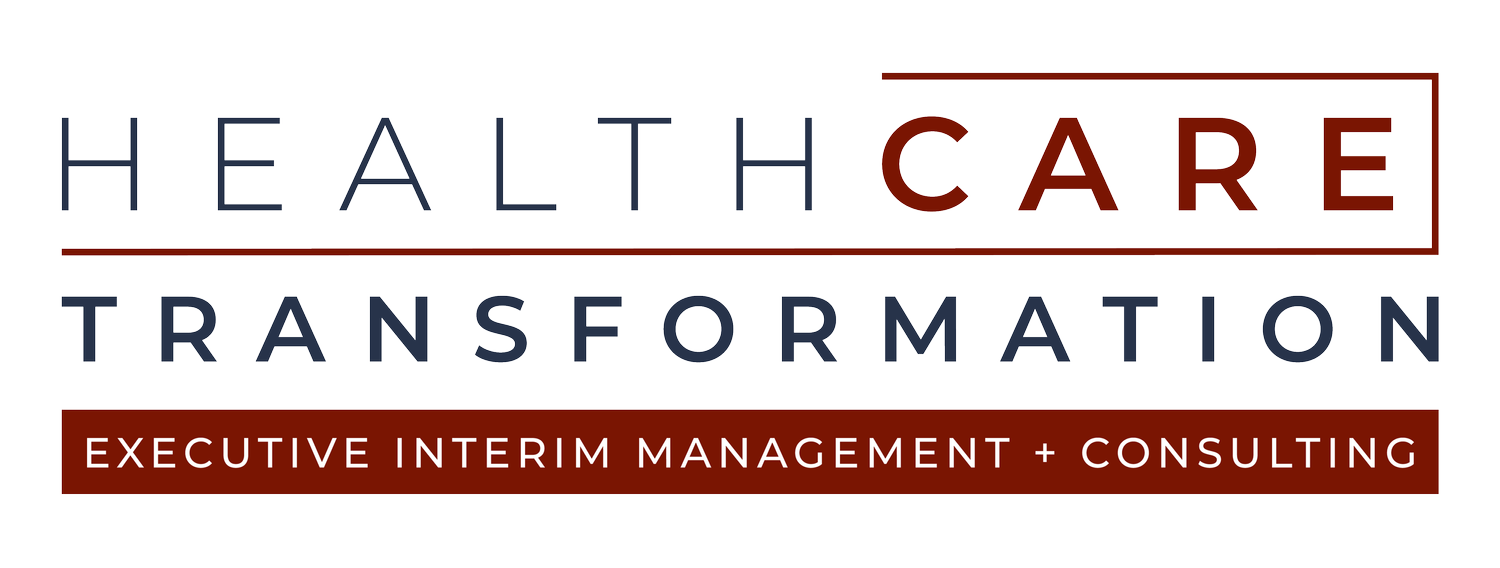The Role Of Employee Satisfaction In The Healthcare Industry
Employee satisfaction is a critical component of organizational success, but especially in the healthcare industry where there is a strong correlation between employee satisfaction and patient satisfaction. But historically, maintaining high levels of employee satisfaction has been challenging for healthcare organizations—and the pandemic shined a bright light on this. We’ve seen healthcare employees across the nation increasingly voice their concerns about staffing, patient care, working conditions, and employee retention. A number of workers have also left their jobs—or professions—altogether amid these and other concerns.
The solution? As the healthcare landscape continues to evolve, it is increasingly important for healthcare executives and leaders to understand the role of employee satisfaction in patient satisfaction and outcomes, the quality of care and overall organizational success.
Key To A Successful Healthcare Organization
An aging population coupled with increasingly hectic lifestyles and several years of working through a pandemic means workers have too much emotionally and physically on their plates. Employees are exhausted, cynical and overwhelmed—which is the perfect environment for low morale and dissatisfaction.
But this has to be addressed—success in healthcare organizations starts with a satisfied workforce. When employees are happy, they are more productive and more likely to provide quality care. They are less likely to leave their jobs, which can save healthcare organizations significant amounts of money in turnover costs. They are more likely to provide positive customer service, which fuels credibility and reputation.
Ultimately, employee satisfaction is essential for the success of any healthcare organization. Healthcare organizations that focus on employee satisfaction and invest in their people are more likely to retain their staff, reduce turnover, and attract high-quality talent. Moreover, satisfied employees are more engaged in their work and have a positive impact on the culture of their organization.
Triple Threats: Burnout, Disengagement And Low Morale
The healthcare industry is one of the most demanding and challenging industries to work in. With long hours, high stress levels and constant change, it's no wonder that burnout rates among healthcare leaders and physicians are alarmingly high. And while the causes of burnout are many and varied, the effects can be disastrous.
Unhappy employees cost the industry billions of dollars each year in lost productivity, errors and absenteeism. Exhausted, checked-out staff not only cause serious quality issues and financial problems. They also lose their ability to show empathy towards themselves, colleagues, patients and families.
Compassion is an essential skill—healthcare professionals are constantly interacting with patients and their families, often during difficult and emotional times. But when healthcare workers become disconnected from their work, they are less able to empathize with those they are caring for and their ability to show compassion diminishes. This can lead to communication breakdowns, missed opportunities for connection and ultimately a poorer quality of care.
Know the signs and what to look out for.
It’s important to understand the signs of burnout, disengagement, and low morale. They can manifest in a number of ways, both physical and mental.
• Increased absenteeism or tardiness
• Decreased productivity
• More accidents or errors
• Increased health complaints
• Difficulty concentrating or making decisions
• Memory problems
• Negative or cynical attitude towards work
• Withdrawal from work activities
• Disengagement with work tasks
• Chronic fatigue or exhaustion
• Isolation from co-workers
• Moodiness or irritability
Create a healthier, happier workplace.
It's important to understand the root causes of these challenges so that they can be addressed effectively.
• Burnout is often caused by unmanageable workloads, lack of control over one's work and insufficient support from leaders.
• Disengagement can be a result of feeling undervalued or unsupported in one's work.
• Low morale can come from a variety of sources, including a poor working environment or feeling like one's contributions are not making a difference.
There are many ways healthcare organizations can prevent staff from checking out.
• Create a culture of wellness where employees feel supported and valued.
• Assess workloads and make sure that they are reasonable and manageable.
• Give caregivers a sense of control over their work.
• Provide employees with regular feedback.
• Encourage staff to take breaks.
• Offer opportunities for growth and development
• Make sure staff has adequate resources and training.
• Above all, do what you can to provide and promote a healthy work-life balance.
Employee satisfaction is an essential component of a thriving healthcare organization.
By understanding the importance of employee satisfaction, healthcare executives can create a more positive work environment and improve outcomes for their organizations. Creating a culture of employee satisfaction requires commitment from leadership and buy-in from all levels of the organization.
It starts with clear communication from leadership about the importance of employee satisfaction and how it impacts the organization's bottom line. From there, hospitals and healthcare systems can put policies and programs in place to support employee satisfaction, such as offering competitive salaries and benefits, providing opportunities for professional development, and giving employees a voice in decision-making. By investing in employee satisfaction, hospitals and healthcare systems can create a virtuous cycle of success that benefits everyone involved.
Previously published on Forbes.

